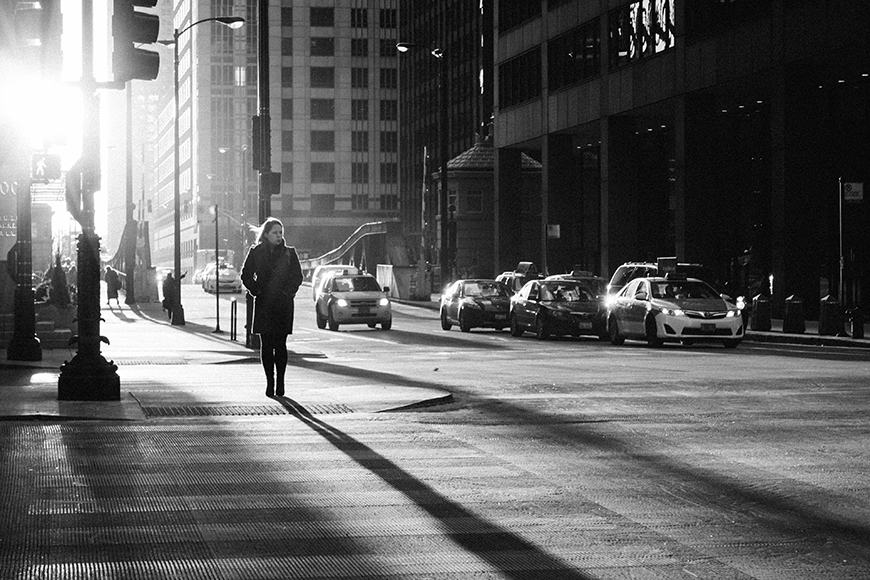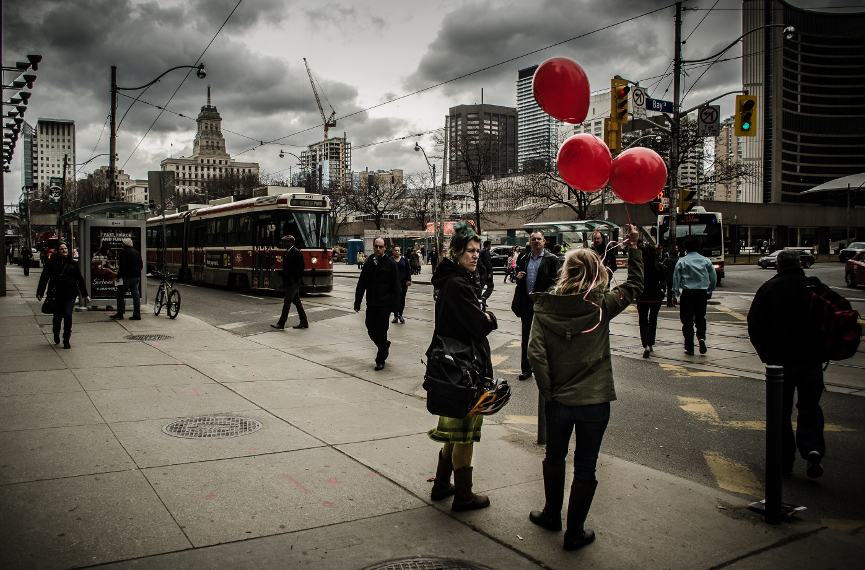Some Known Questions About Street Photographers.
The Street Photographers Diaries
Table of ContentsStreet Photographers Things To Know Before You Get ThisStreet Photographers for BeginnersAll About Street PhotographersThe 45-Second Trick For Street Photographers9 Easy Facts About Street Photographers Explained
Street professional photographers do not necessarily have a social objective in mind, however they favor to separate and catch minutes which might or else go unnoticed.Though he was affected by a number of those that influenced the road photographers of the 1950s and '60s, he was not primarily interested in recording the spirit of the street. The impulse to visually document individuals in public started with 19th-century painters such as Edgar Degas, douard Manet, and Henri de Toulouse-Lautrec, who worked side by side with digital photographers attempting to catch the significance of urban life.
As a result of the fairly primitive technology offered to him and the lengthy direct exposure time required, he had a hard time to catch the pressure of the Paris roads. He try out a collection of photo techniques, trying to locate one that would certainly allow him to capture motion without a blur, and he discovered some success with the calotype, patented in 1841 by William Henry Fox Talbot. Unlike Atget, photographer Charles Marville was hired by the city of Paris to produce an encyclopaedic record of Haussmann's city planning task as it unravelled, hence old and brand-new Paris. While the photographers' subject was essentially the same, the results were significantly various, showing the effect of the digital photographer's bent on the personality of the photos he generated.
Offered the great quality of his photographs and the breadth of material, designers and musicians usually bought Atget's prints to use as recommendation for their very own job, though industrial rate of interests were rarely his major inspiration. Rather, he was driven to picture every last residue of the Paris he enjoyed. The mingled interest and necessity of his goal sparkle through, causing photographs that narrate his own experience of the city, qualities that anticipated road photography of the 20th century.
6 Simple Techniques For Street Photographers
They expose the city via his eyes. His job and fundamental understanding of photography as an art type functioned as ideas to generations of photographers that adhered to. The next generation of road professional photographers, though they likely did not refer to themselves therefore, was ushered in by the photojournalism of Hungarian-born photographer Andr Kertsz.
Unlike his peers, Brassa made use of a larger-format Voigtlnder video camera with a much longer exposure time, requiring him to be much more computed and thoughtful in his practice than he may have been if using a Leica. (It is believed that he might not have had the ability to pay for a Leica back then, but he did, nonetheless, use one in the late 1950s to take colour photos.) Brassa's photographs of the Paris underworld brightened by synthetic light were a discovery, and the collection of my review here the series that he published, (1933 ), was a significant success.
Cartier-Bresson was a champ of the Leica video camera and one of the initial photographers to maximize its abilities. The Leica permitted the photographer to engage with the surroundings and to capture moments as they occurred. Its reasonably tiny size also assisted the professional photographer discolor right into the history, which was Cartier-Bresson's favored approach.
All about Street Photographers
It is as a result of this basic understanding of the art of image taking that he is usually attributed with discovering the tool around again roughly a century since its invention. He took photographs for more than a half century and affected generations of digital photographers to trust their eye and instinct in the moment.
These are the questions I will attempt to respond to: And then I'll leave you with my very own interpretation of street photography. Yes, we do. Allow's begin with defining what an interpretation is: According to (Street Photographers) it is: "The act of specifying, or of making something certain, distinct, or clear"
No, most definitely not. The term is both restricting and misguiding. Sounds like a road digital photography ought to be images of a roads appropriate?! And all road photographers, besides a handful of absolute beginners, will completely appreciate that a road is not the essential part to street digital photography, and in fact if it's a photo of a road with perhaps a couple of uninteresting people doing absolutely nothing of rate of interest, that's not road photography that's a photo of a street.
The Ultimate Guide To Street Photographers
He makes a legitimate linked here factor do not you think? Nevertheless, while I concur with him I'm not exactly sure "candid public digital photography" helpful resources will certainly capture on (although I do kind of like the term "candid digital photography") due to the fact that "road photography" has been around for a lengthy time, with several masters' names affixed to it, so I think the term is here to stay.
Inside?! I hear you scream as you drink your hand to the sky. Why not? You can contend the beach, at a festival, in an alley, in a park, in a piazza, in a cafe, at a museum or art gallery, in a metro terminal, at an occasion, on a bridge, under a bridge ...

Excitement About Street Photographers
